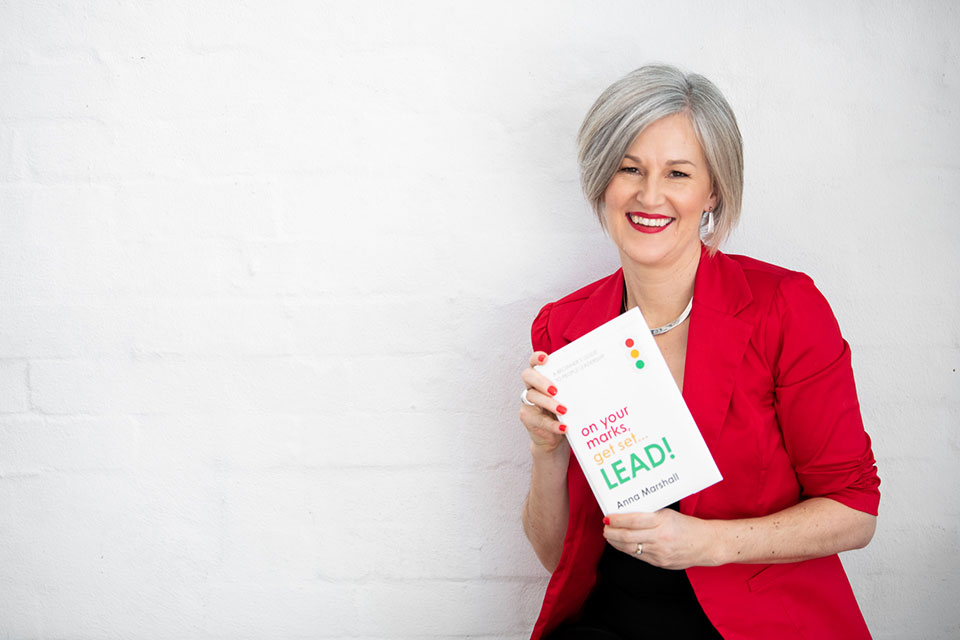How to turn around a toxic culture

When you’re the CEO, and without a hint of selfishness, I’d like to suggest that the culture is all about you. What you say, what you don’t say, what you do, what you don’t do. As much as culture is determined by the collective lived behaviours of the organisation (‘how we do things around here’) when you’re in the top spot a toxic culture is re-set by the way you do things around here.
As CEO you wear your leadership like a sequinned ball gown; every single move you make catches the light, even the slightest shift grabs people’s attention. Whether you know it or not, and whether you like it or not, people are observing your behaviours under a microscope. This can feel like a heavy burden at times, but when you intend to turn around a toxic culture, how might you use your eyecatching sequins to their best effect?
In my opinion, when you’ve knowingly stepped into a toxic culture with the express purpose of transforming it into an engaging and inspiring, high performance organisation the best place to start is with you. Here are 5 simple things to get you off to a good start:
- Choose to lead
Toxic cultures often have a dearth of people leadership. It doesn’t matter how many people leadership ‘roles’ there are in the organisation if no-one in those roles is choosing to lead. If you’re in the role for the prestige, the pay packet, the ‘I need this role/company on my resume’, you’re in the wrong job. If you choose to lead, you are saying yes to connecting and communicating with people, yes to focusing people on what’s important and what’s not, yes to developing yourself and your team and yes to enabling people to solve their own problems. If you have any hesitation, do everyone a favour and hang up your boots or stillettos now. If you’re in the ‘hell yes’ camp, then let’s move on to the next one: mindset. - Check your mindset
What are you telling yourself right now? ‘It’s a basket case! There’s no way I can turn this around!’ or ‘What might I be able to do?’. As Professor of Psychology Carol Dweck, known for her work on mindset, tells us “In a growth mindset, challenges are exciting rather than threatening. So rather than thinking, oh, I’m going to reveal my weaknesses [fixed mindset] you say ‘wow, here’s a chance to grow.” The silver lining in a toxic culture is that there’s not much you can do to make it worse. They offer a vast range of opportunities to experiment with new techniques. Channel your inner scientist! Grab your lab coat, run a few experiments, observe what happens. What works? Do more of that. What doesn’t work? Stop doing that. When you experiment there are only two things that can happen; you win, or you learn. And when you’re learning, you’re winning. - Use your values as a compass
In a toxic culture it can be hard to know how to make the best decisions. Mixed messages, politics, cliques, conflicts of interest and patch protection can impede your ability to decide what’s best for your business and the people around you. When you’re sure of your values you can use them to guide your decision making. Is this the honest thing to do? Is this the fair thing to do? Whilst your organisation’s values might be ready for a refresh (and this may be an important step to transforming the culture) you can, in the interim, get really clear on your personal values. Through which values do you intend to lead the organisation? When you’re clear on your values they become an internal GPS that can lead you safely through the toxic storm and underpin consistent and constructive decision making. - Leverage your unique skills and talents
As you set out to transform the culture of your organisation, consider what strengths and development opportunities you have. What skills have you used successfully in the past in this type of situation? What failures did you experience, what did you learn and how might you do things differently this time? You have a unique set of skills, talents and previous experiences that you can employ in this situation. Look to leverage your strengths and even more importantly ask for help in areas where you’re not feeling confident. When you model asking for help you give permission for your team to do the same. - Look for your learnings
If you don’t have any failures, you’re going to greatly reduce your learnings. You’re not being courageous enough. Through failure comes learning and through learning comes growth. The behaviours that got this organisation into this toxic mess, are not going to get it out of it. You have to try different things. If I were to give you an injection of courage, what’s the most radical thing you might do?
If you are to turn your culture around and bedazzle your team with your brilliance, which one do you think is the most useful for you?
Written by Anna Marshall.
Bring the best of the CEOWORLD magazine's global journalism to audiences in the United States and around the world. - Add CEOWORLD magazine to your Google News feed.
Follow CEOWORLD magazine headlines on: Google News, LinkedIn, Twitter, and Facebook.
Copyright 2025 The CEOWORLD magazine. All rights reserved. This material (and any extract from it) must not be copied, redistributed or placed on any website, without CEOWORLD magazine' prior written consent. For media queries, please contact: info@ceoworld.biz








